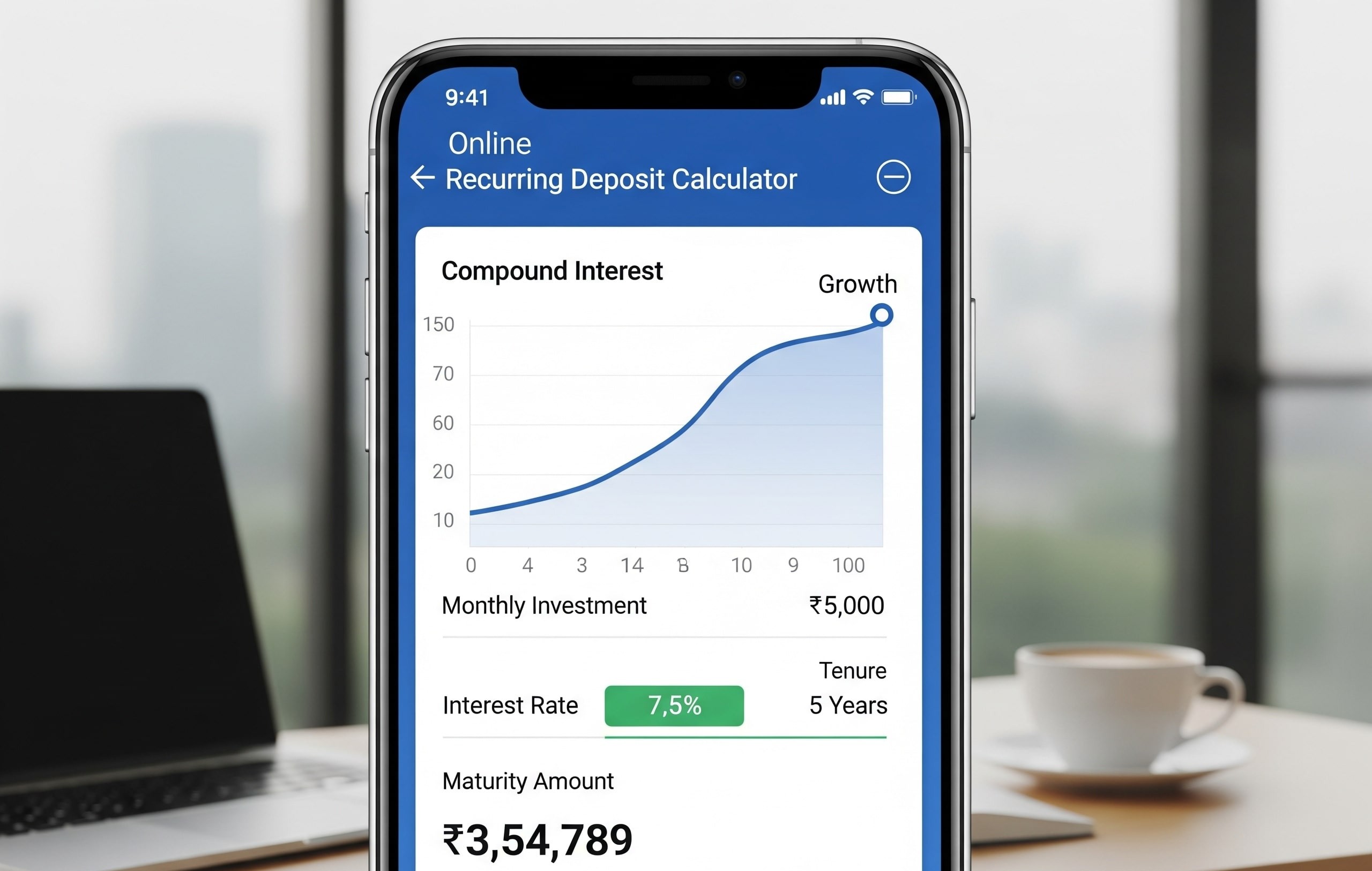
The Indian mutual fund industry’s Average Assets Under Management have reached ₹67.58 lakh crore as of February 28, 2025. This is over two times the figure of ₹27.23 trillion on the same date in 2020. This explosive growth demonstrates that an increasing number of investors are turning to MFs as a way to grow their wealth.
However, mutual funds are not all created equal. High yield is often accompanied by more risk, while other options, such as low risk mutual funds may have high stability. So, how do you select the right investment option? Let us break down mutual fund risk and help you decide which one to pick.
What Is Mutual Fund Risk?
The risk in this fund is the chance that an investor will lose money or not make the expected return on an investment. The risks of MFs are due to
- Market fluctuations
- Economic conditions
- Securities the fund owns
Mutual funds are vehicles that pool money from multiple investors to invest in stocks or other assets. The level of risk varies depending on the fund’s strategy. Some mutual funds focus on riskier and high-return opportunities. Others prioritize stability and the least risky mutual funds. The fundamental principle of successful investing is managing risk and reward based on your financial objectives and willingness to bear risk.
High-Risk Mutual Funds
High-risk funds are for those investors looking for higher returns but are also prepared to incur significant losses. These funds generally focus on investing either in equities or in sectors or industries that are more volatile and oriented toward long-term growth. Features of high-risk open-end funds are as follows.
- Risky Investment Approaches
Fund managers may employ strategies like leverage, short-selling, or regional to maximize returns.
- Very High Volatility
Due to variations in market conditions, company performance, and investor sentiment, these high-risk mutual funds can experience significant value fluctuations.
- Sector and Geographic Focus
Investments in specific sectors or regions can increase risk. But they also provide opportunities for higher returns.
- Limited Diversification
High-risk funds may show lower holdings, exposing them to higher risk in the event of market declines.
High–Risk Investment Options
- Equity Mutual Funds
Equity funds invest mainly in stocks, so they are sensitive to market fluctuations. They offer high return potential but can experience rapid value changes based on market conditions and company performance.
- Sectoral and Thematic Funds
Sectoral funds target particular sectors, such as technology or healthcare, and tend to be more volatile. Thematic funds are those that invest according to specific themes like ESG or emerging technologies.
- Small-Cap and Mid-Cap Funds
These funds invest in smaller companies that have high growth potential but carry higher risk. They are generally more sensitive to market fluctuations. But it offers the potential for higher returns for those who can tolerate the risk.
Risks of High-Risk Mutual Funds
Investing in high-risk MFs comes with a lot of challenges, like
- Market Volatility: These funds are prone to market fluctuations, causing them to change value quickly.
- Loss of Principal: There is a real possibility that the investor will lose his original capital, especially during market downturns.
- Liquidity Risks: Some of these funds may have funds that are not easily tradable. Hence, it is difficult to sell during turbulent market conditions.
Also Read: How Do Mutual Funds Work? | How to Invest in Mutual Funds Online: A Step-by-Step Guide
Low-Risk Mutual Funds
Low-risk mutual funds also focus on capital preservation and provide stable and modest returns. These are best suited for conservative investors looking for greater security and lower exposure to market changes. Even though returns from low-risk mutual funds are less than high-risk options, the chances of losing your money in other high-risk options are greatly reduced. Below are some key features
- Diversification
Investments are spread across different asset classes, which helps reduce risk.
- Consistent Returns
These funds provide steady performance with minimal fluctuations.
- Capital Protection
The primary objective is to safeguard the principal amount invested.
- Low Volatility
The value of these funds does not fluctuate much, which is much better than equity-based MFs.
Low–Risk Investment Options
- Debt Mutual Funds
Debt funds invest in fixed-income securities such as bonds and government securities. They provide stability yet are still sensitive to interest rates and credit risks.
- Liquid Funds
Liquid funds invest in short-term debt instruments, providing liquidity and safety with low risk. They are ideal for short-term investments.
- Hybrid Funds (Conservative)
Hybrid conservative funds invest a lesser proportion in equity and a higher proportion in debt. They are relatively stable and have moderate growth. Hence, they are apt for conservative investors and are regarded as one of the least risky mutual funds.
Risks of Low-Risk Mutual Funds
While low-risk MFs reduce exposure to market volatility, they still have some limitations:
- Modest Returns: Returns are typically less than riskier MFs and may not significantly outpace inflation over the long run.
- Interest Rate Sensitivity: Debt-based MFs may be affected by changes in interest rates.
Limited Growth Potential: These funds may not be suitable for investors seeking aggressive wealth growth because of their conservative approach.
High vs Low-Risk Mutual Funds: A Comparison
| Feature | High-Risk Mutual Funds | Low-Risk Mutual Funds |
| Volatility | High | Low |
| Potential Returns | Substantial | Predictable |
| Investment Horizon | Long-term | Short-term/Medium-term |
| Asset Allocation | Small-cap stocks, emerging markets | Debt instruments, government bonds |
| Risk Level | High | Medium |
Wrapping It Up
The risk in mutual funds is something one must understand to make informed investment decisions. No investment is without risk, but by managing these risks, one can achieve financial goals without causing unnecessary stress. Be it low-risk funds for security or high risk mutual funds for strong profit growth, using effective risk management helps align your portfolio with your risk tolerance and financial goals. A good strategy minimizes risk and maximizes potential return, leading to success in the long term.
Also Read: Best stocks to invest in India for long-term | What is HDFC Life Opportunity Fund?
FAQs
1. Are mutual funds high-risk or low-risk?
They are typically low-risk, but there is no risk-free investment. The level of risk depends on the securities you invest in.
2. Is it safe to make investments in high-risk mutual funds?
High-risk MFs are also ideal for long-term investors who do not worry about volatility and take advantage of the power of compounding returns.
3. How do I know about a good mutual fund?
Investment funds should be selected to meet your goals; you should look at fees, and you should review past performance over multiple months for regularity and reliability.
4. Which type of mutual fund is safest?
Liquid funds, which invest in short-term debt and money market securities, are one of the safest options among MFs.
5. Is a high-risk mutual fund suitable for short-term investments?
High-risk investments come with frequent volatile fluctuations over short-term periods, so they aren’t suitable for short-term investments. They work better for long-term investors. Choose wisely!
Hello there, my name is Phulutu, and I am the Head Content Developer at Nivesh Karlo. I have 13 years of experience working in fintech companies. I have worked as a freelance writer. I love writing about personal finance, investments, mutual funds, and stocks. All the articles I write are based on thorough research and analysis. However, it is highly recommended to note that neither Nivesh Karlo nor I recommend any investment without proper research, and to read all the documents carefully.






Leave a Reply